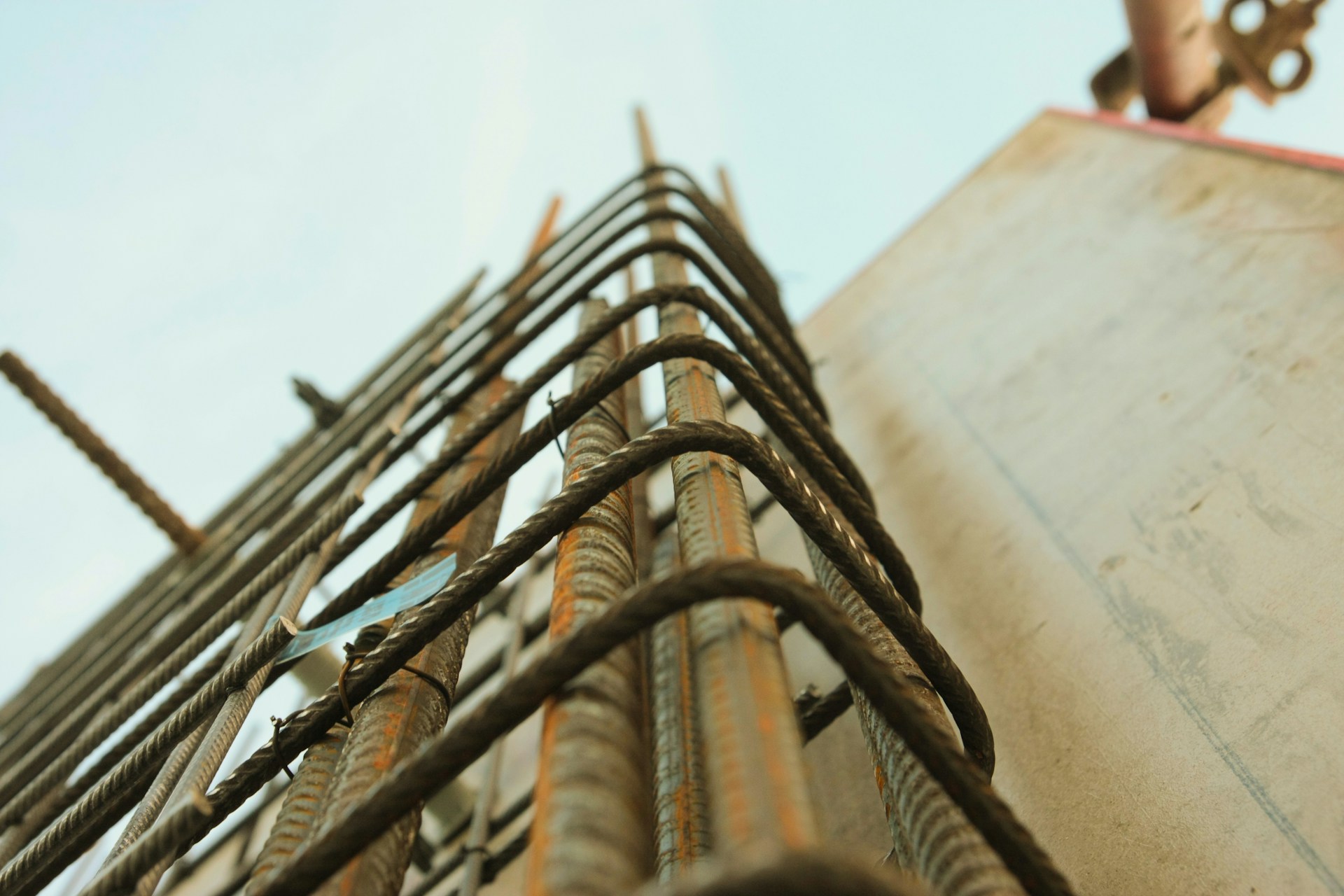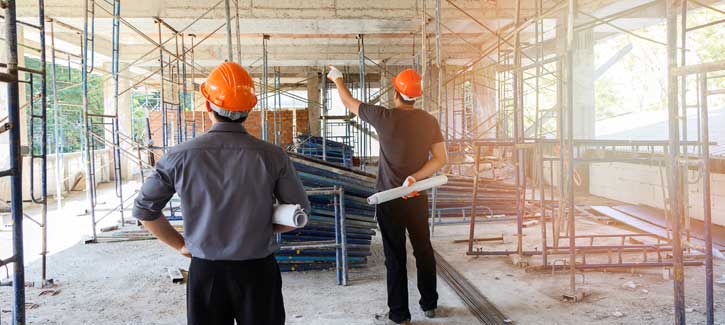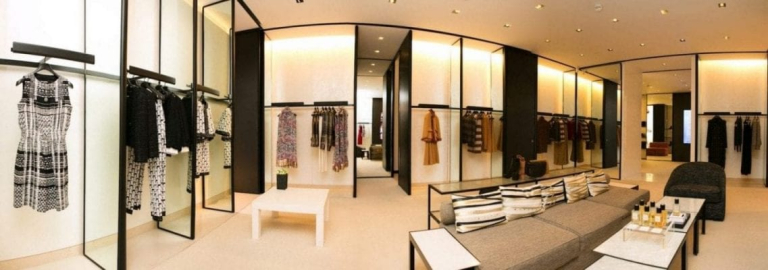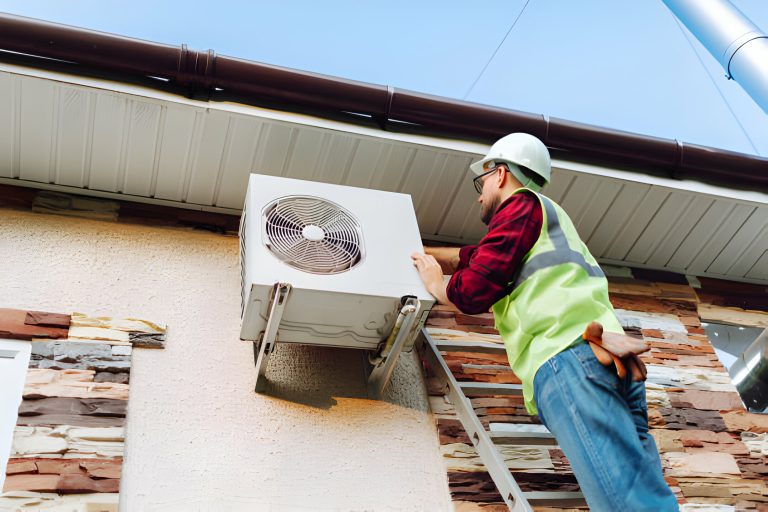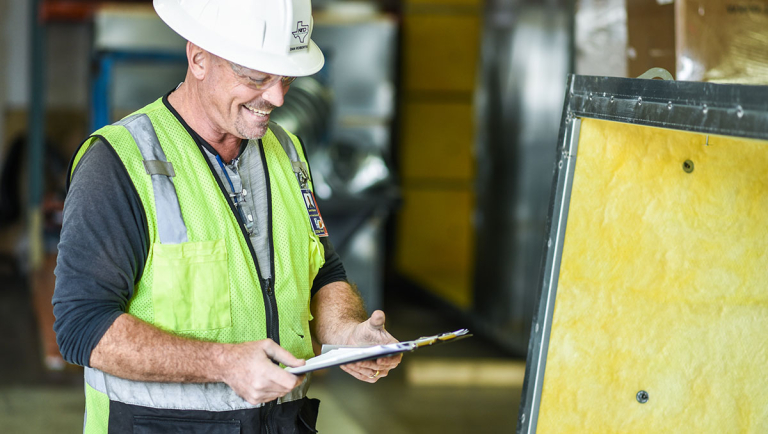Timber vs Steel Framing: Best Choice for Your Project
When embarking on a building project, one of the first critical decisions you’ll face is choosing the right framing material. This choice significantly impacts the cost, durability, and environmental footprint of your project. In the grand battle of construction materials, timber and steel are two titans, each boasting unique strengths and weaknesses. Let’s delve into the world of timber and steel framing, examining their characteristics, advantages, and disadvantages to help you make an informed decision.
Understanding Timber Framing
What is Timber Framing?
Timber framing, the traditional stalwart of construction, has been the backbone of building projects for centuries. This method involves crafting a structure from wooden beams and joists, creating a skeleton that supports the entire building. Timber framing is known for its historical roots, having been used in everything from medieval cathedrals to modern homes. Its charm lies in its simplicity and the natural beauty of wood.
Advantages of Timber Framing
Timber framing offers several compelling benefits that make it a popular choice among builders and homeowners alike.
Cost-effectiveness: One of the primary advantages of timber framing is its cost-effectiveness. Timber is generally more affordable than steel, making it an attractive option for budget-conscious projects. Additionally, timber construction can be faster, reducing labour costs and overall project timelines.
Sustainability: Timber is a renewable resource, harvested from managed forests that promote environmental sustainability. The carbon footprint of timber production is lower compared to steel, which requires significant energy for extraction and processing. Moreover, wood acts as a carbon sink, storing carbon dioxide throughout its lifespan.
Ease of Use: Timber is a versatile and user-friendly material. It can be easily cut, shaped, and assembled on-site, allowing for quicker construction times. The flexibility of timber also makes it ideal for a wide range of architectural designs and modifications.
Disadvantages of Timber Framing
Despite its many advantages, timber framing does come with some notable drawbacks.
Durability: Timber is vulnerable to pests, moisture, and fire, which can compromise the structural integrity of the building over time. Termites and other wood-boring insects can wreak havoc on timber structures, while moisture can lead to rot and decay. Fire is another significant risk, as wood is highly flammable.
Maintenance: Maintaining timber framing requires regular treatments to protect against pests, moisture, and fire. These treatments can be costly and time-consuming, adding to the long-term maintenance burden of timber-framed buildings.
Structural Limitations: While timber is strong, it has limitations in terms of load-bearing capacity and span length. Timber framing may not be suitable for large-scale or high-load projects, where greater structural strength is required.
Understanding Steel Framing
What is Steel Framing?
Steel framing, the modern marvel of construction, has steadily gained popularity for its strength and versatility. This method involves creating a structure using steel beams and columns, offering a robust skeleton that can support a wide variety of buildings. Steel framing is synonymous with contemporary architecture, known for its sleek lines and the ability to create expansive, open spaces.
Advantages of Steel Framing
Steel framing boasts a plethora of benefits that make it an attractive option for both residential and commercial construction.
Strength and Durability: One of the most significant advantages of steel framing is its exceptional strength and durability. Steel is resistant to pests, moisture, and fire, making it an incredibly resilient material. Unlike timber, steel does not warp, crack, or rot, ensuring the longevity of the structure.
Longevity: Steel structures require less maintenance over time, reducing the long-term costs associated with upkeep. The inherent durability of steel means that it can withstand harsh environmental conditions, including extreme weather and seismic activity, without compromising its structural integrity.
Design Flexibility: Steel framing offers unparalleled design flexibility. It allows for larger spans and more open spaces without the need for load-bearing walls. This versatility is particularly beneficial for modern architectural designs that favour open floor plans and creative layouts. Steel can be easily moulded into various shapes, accommodating a wide range of architectural styles.
Tradevent offers many services including heating and cooling in Dandenong.
Disadvantages of Steel Framing
Despite its many strengths, steel framing does have some drawbacks that should be taken into account.
Cost: The initial cost of steel framing can be higher compared to timber. This includes not only the material itself but also the need for specialized labour and equipment. However, it’s worth noting that the long-term savings in maintenance and durability can offset these initial costs.
Thermal Conductivity: Steel is an excellent conductor of heat, which can pose insulation challenges. Without proper insulation, steel-framed buildings can experience significant heat loss or gain, leading to higher energy consumption. This issue can be mitigated with advanced insulation techniques, but it does require careful planning.
Complexity: Steel framing often requires specialized skills and equipment for proper installation. This can increase the complexity of the construction process and may necessitate hiring experienced professionals, further adding to the overall cost.
Comparing Timber and Steel Framing
Cost Comparison
When it comes to cost, timber framing typically has the edge in initial affordability. Timber is generally cheaper to purchase and easier to work with, reducing both material and labour costs. Construction with timber can be faster due to its simpler handling and the availability of skilled carpenters. This can result in lower overall project expenses, making timber an attractive option for budget-conscious builders.
However, it’s important to look beyond initial costs. Steel framing, though more expensive upfront, offers significant long-term savings. The durability and low maintenance requirements of steel can reduce ongoing expenses. Steel structures are less likely to suffer from damage caused by pests, moisture, or fire, which can lead to costly repairs in timber-framed buildings. Therefore, while timber may be cheaper initially, steel can offer better value over the lifespan of the building.
Environmental Impact
The environmental impact of your framing choice is a crucial consideration, especially in today’s eco-conscious world. Timber framing is often praised for its sustainability. Wood is a renewable resource, and when sourced from responsibly managed forests, it can be an environmentally friendly option. The production of timber has a lower carbon footprint compared to steel, as it requires less energy to harvest and process.
Steel, on the other hand, is recyclable and can be reused multiple times without losing its properties. However, the production of steel is energy-intensive and has a higher initial environmental impact. Advances in green steel production and recycling processes are mitigating these effects, making steel an increasingly sustainable choice. When considering the environmental impact, it’s essential to weigh the benefits of timber’s renewability against steel’s recyclability and durability.
When it Comes to Steel Fabrication or Precast Concrete Detailing we recommend hiring a local expert.
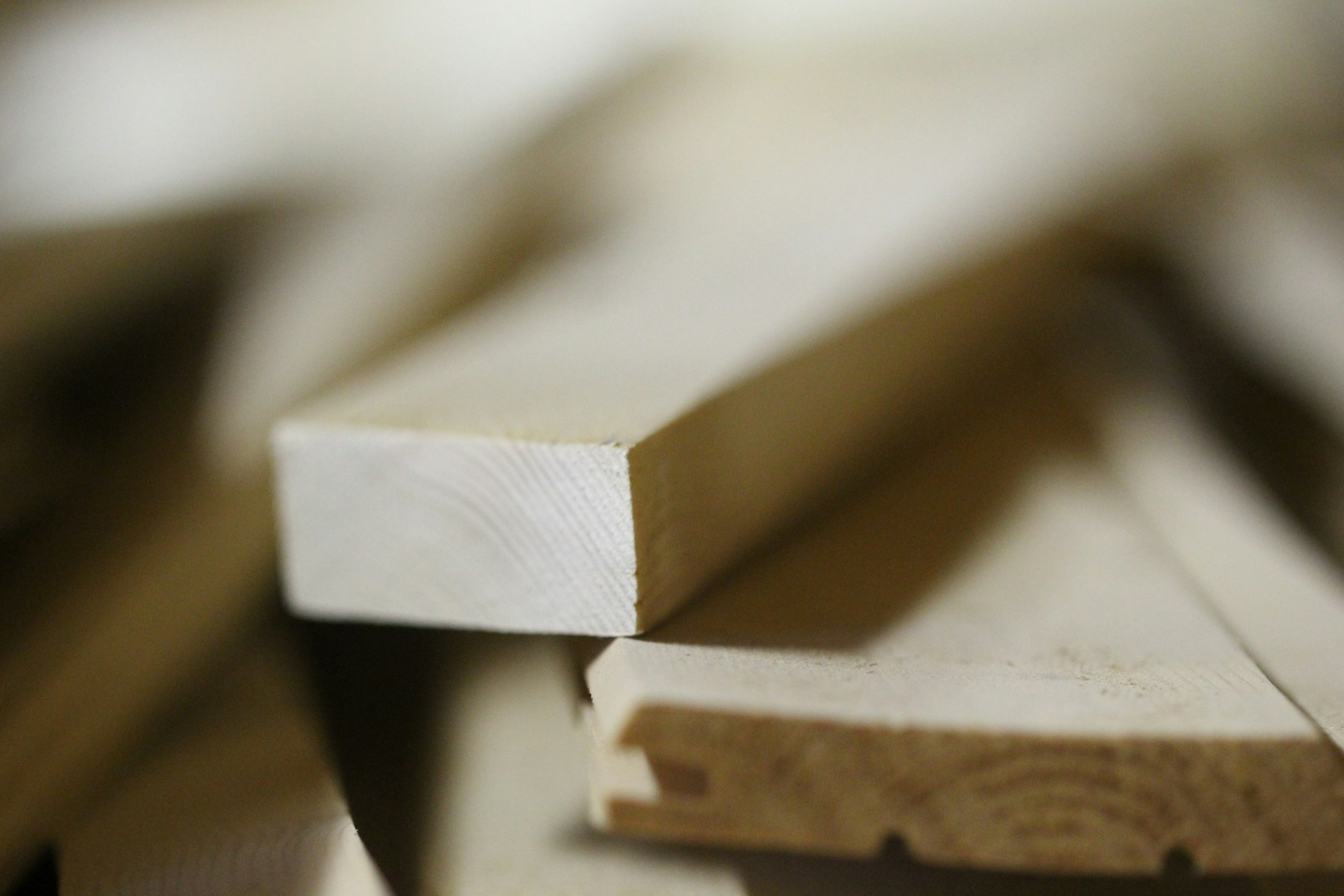
Structural Performance
In terms of structural performance, steel is the clear winner. Steel’s strength-to-weight ratio is significantly higher than that of timber, allowing for greater load-bearing capacity and longer spans. This makes steel ideal for large-scale projects and buildings that require wide, open spaces without the need for intermediate supports. Steel’s robustness also means it can withstand extreme weather conditions, seismic activity, and heavy loads without compromising its integrity.
Timber, while strong and versatile, has its limitations. It’s more suitable for smaller-scale projects or buildings where the load-bearing requirements are not as demanding. Timber’s natural flexibility can be an advantage in certain designs but may not provide the same level of structural reliability as steel in demanding environments.
Maintenance and Durability
Maintenance and durability are critical factors in the longevity of your building. Timber requires regular maintenance to protect against pests, moisture, and fire. Treatments and coatings can help, but they add to the long-term costs and labour required to maintain the structure. Additionally, timber can warp, crack, or rot over time, especially in harsh or variable climates.
Steel, conversely, is much more durable with minimal maintenance. It doesn’t suffer from the same vulnerabilities as timber, providing a longer-lasting and more stable structure. Steel’s resistance to pests, moisture, and fire reduces the need for frequent inspections and treatments, making it a more hassle-free option in the long run.
Design Flexibility and Aesthetic Appeal
Design flexibility is another area where steel shines. The material’s strength allows for more innovative and ambitious architectural designs, including large open spaces and unique structural shapes. Steel can support heavy loads with fewer supports, giving architects and designers more freedom to create striking and functional buildings.
Timber, while somewhat limited in structural capabilities, offers a warm and natural aesthetic that many find appealing. Its versatility makes it suitable for a range of designs, particularly those that emphasize traditional or rustic styles. Timber’s natural beauty and texture add character and charm to a building, something that steel, despite its sleek and modern appearance, cannot easily replicate.
Making the Right Choice for Your Project
Choosing between timber and steel framing ultimately depends on the specific needs and goals of your project. Consider the following factors:
- Budget: Assess both initial costs and long-term savings.
- Environmental Impact: Weigh the sustainability of timber against the recyclability of steel.
- Structural Requirements: Evaluate the load-bearing needs and design aspirations of your project.
- Maintenance: Consider the time and cost associated with maintaining the structure.
- Aesthetic Preferences: Think about the desired look and feel of the building.
By carefully considering these factors, you can make an informed decision that best suits your project’s requirements and your personal preferences.
In the end, both timber and steel framing have their own unique advantages and disadvantages. Timber is cost-effective, sustainable, and offers a warm aesthetic, but it requires regular maintenance and has structural limitations. Steel is strong, durable, and flexible in design, but it comes with a higher initial cost and insulation challenges. Weighing these factors will help you choose the best material for your building project.
For more Building information Visit: https://www.building.vic.gov.au/.
FAQs
Which is cheaper, timber or steel framing?
Generally, timber framing is cheaper initially, but steel framing can offer long-term savings due to its durability and lower maintenance costs.
Is steel framing more environmentally friendly than timber framing?
Both have their environmental benefits; timber is renewable and has a lower carbon footprint initially, while steel is recyclable and durable, potentially reducing long-term environmental impact.
Can steel framing be used in residential construction?
Yes, steel framing is increasingly popular in residential construction due to its strength, durability, and design flexibility.
What are the main maintenance requirements for timber framing?
Timber framing requires regular treatments to protect against pests, moisture, and fire, which can be costly and time-consuming.
Does steel framing require special skills for construction?
Yes, steel framing often requires specialized skills and equipment for proper installation, which can increase the complexity and cost of the construction process.

